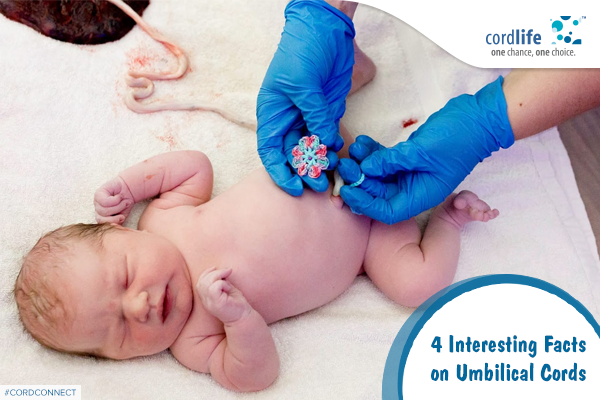Table of Contents
Ever wondered if there is a relationship between your umbilical cord and the belly button? Of course, there is! When you have your little one inside your womb, it needs a life-support system to survive the pregnancy gestation period. This support is comprised of the placenta, the umbilical cord and the amniotic sac filled with amniotic fluid.
“The baby’s life hangs by a cord”, as said by Ian Donald, aptly tells the importance of the umbilical cord.
The umbilical cord plays the essential role of attaching your baby to the placenta and keeps feeding your baby. During delivery, the placenta is expelled from your uterus through a process known as the after-birth. The umbilical cord, once your baby is delivered is clamped and cut. The remaining section of the cord heals and later becomes the baby’s belly button.
Nevertheless, most are aware of these common facts. But there are some really fun insights that you probably never thought about:
Umbilical Cords Vary in Length
The lengths of the umbilical cords of babies are variable. However, there is no concrete evidence to ascertain why the length varies at all. Within the full gestation period of 28 weeks, the cord may reach its full length which usually is between 45-60 centimeters in length. In a small percentage of pregnancies, the cord is less than 45 centimeters in length and investigative studies have shown that placenta retention and C-section is usually higher in such instances.
Tangles, Knots, and Loops
Babies in the womb are constantly moving around. A common game that they indulge in is playing ‘loop the loop’ with the cord. If the baby is healthy and the cord remains intact, it does not really pose any risk to the baby. Approximately 35% of the babies born have the umbilical cord wrapped around their necks and 1% of them have the cord in a true knot.
It Stops Working When Needed
In the womb, the umbilical cord remains in a temperature controlled environment. Post the baby’s birth, the cord is exposed to cooler air and the ‘Wharton’s Jelly’ within it starts to harden and shrink. Natural clamping occurs that squeezes and closes the blood vessels inside the cord. Depending on the temperature outside of the mother’s body, natural clamping takes approximately between 3 and 20 minutes.
The Umbilical Cord Tissue is Full of Potential
Most of us have heard about cord blood stem cells but the new research that has everyone’s attention is on umbilical cord tissue. Many ongoing clinical trials have brought significant evidence forward that the cord blood tissue also contains stem cells that possess the potential to multiply and transform into various cell types, like cartilage, bone, fat, etc. This essentially means that the cord tissue with more stem cells can potentially be used in treating more conditions and disorders.
As Nancy Reagan rightfully said, “Now science has presented us with a hope called stem cell research, which may provide our scientists with many answers that have for so long been beyond our grasp.”
